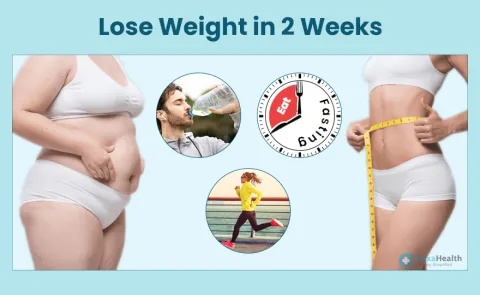Food labels can be confusing, especially with all the information they contain.
But understanding them is crucial to making healthier choices and knowing what you’re putting into your body.
In this guide, we’ll break down the key components of food labels and help you decode them so you can make informed decisions when shopping for groceries.
1. Serving Size
The serving size is the first thing to look at on any food label. It tells you how much of the product the nutritional information corresponds to. For example, the label may state that one serving is 1 cup or 30 grams. Keep in mind that the serving size is not always the amount you may eat, so if you consume more than one serving, you’ll need to multiply the nutritional information accordingly.
Tip: Pay attention to the serving size, especially when eating snacks or processed foods, as they often contain more than one serving per package.
2. Calories
Calories represent the amount of energy you’ll get from a serving of the food. While counting calories is not necessary for everyone, understanding how many calories are in a serving can help you control your intake, especially if you’re aiming to lose or maintain weight.
Tip: Be mindful of how many calories you’re consuming in relation to your activity level. Eating too many calories from processed foods can lead to weight gain, while eating too few can leave you feeling sluggish.
3. Macronutrients: Fats, Carbs, and Proteins
- Fats: Look at the total fat content, and be sure to check for the types of fats included. Saturated fats and trans fats should be limited, while unsaturated fats (found in olive oil, avocados, etc.) are healthier choices.
- Carbohydrates: Carbs are a primary source of energy, but it’s important to pay attention to the type of carbs. Fiber and whole grains are beneficial, while refined sugars and high-fructose corn syrup should be avoided.
- Proteins: Protein is essential for muscle building and repair. Foods rich in protein help keep you feeling full longer, making them ideal for weight management.
Tip: Focus on nutrient-dense sources of fats, carbs, and proteins rather than processed alternatives. Whole foods like nuts, seeds, fruits, vegetables, lean meats, and legumes are great options.
4. Micronutrients: Vitamins and Minerals
The food label will typically list the key vitamins and minerals contained in the product, like vitamin A, vitamin C, calcium, and iron. This is useful for ensuring you’re getting enough of the nutrients essential for good health.
Tip: Look for foods high in vitamins and minerals like calcium for bone health, iron for energy, and vitamin D for immune function. These nutrients are especially important if you have specific dietary needs or health concerns.
5. % Daily Value (%DV)
The %DV tells you how much of a nutrient is in one serving of the food based on the recommended daily intake. For example, if a food label lists 20% of the daily value for calcium, it means that one serving of that food will provide 20% of the calcium you need in a day.
Tip: A %DV of 5% or less is considered low, while 20% or more is considered high. Use this as a guide to choose foods that are high in beneficial nutrients and low in ones you want to limit, like sodium or added sugars.
6. Ingredients List
The ingredients list reveals the exact components of the product, listed in descending order by weight. The first few ingredients make up the bulk of the food, so pay attention to these. Ideally, you want to see whole foods and minimal processing.
Tip: If the list includes a lot of artificial ingredients, preservatives, or chemicals you don’t recognize, it’s a good sign the product may be overly processed. Opt for foods with simple, recognizable ingredients.
7. Allergen Information
Food labels must include information about common allergens like dairy, nuts, soy, eggs, wheat, and gluten. This is particularly important for individuals with food allergies or sensitivities.
Tip: Always double-check the allergen information if you have any known allergies or are cooking for someone who does.
8. Health Claims and Marketing Labels
Products often carry health-related claims like “low fat,” “gluten-free,” “organic,” or “high in protein.” While these claims may sound appealing, it’s essential to look beyond the marketing and focus on the actual nutritional content. For example, “low fat” does not always mean low in calories or sugar.
Tip: Be cautious about marketing claims and instead evaluate the food based on its full nutritional profile.
Conclusion
Food labels may seem overwhelming at first, but once you understand how to read them, they can be an invaluable tool for making healthy choices. By paying attention to the serving size, calories, macronutrients, micronutrients, ingredients, and health claims, you can make smarter decisions that support your health and well-being. The next time you’re at the grocery store, take a moment to decode the labels—your body will thank you for it!



